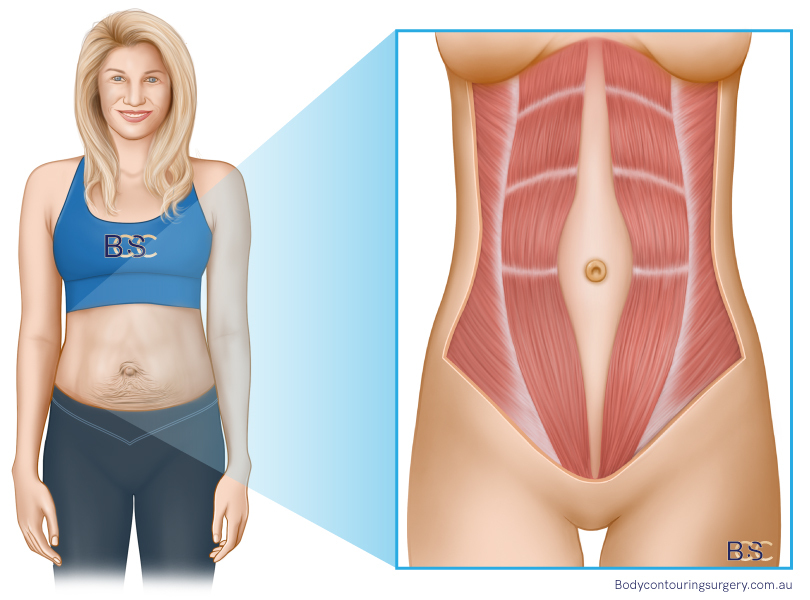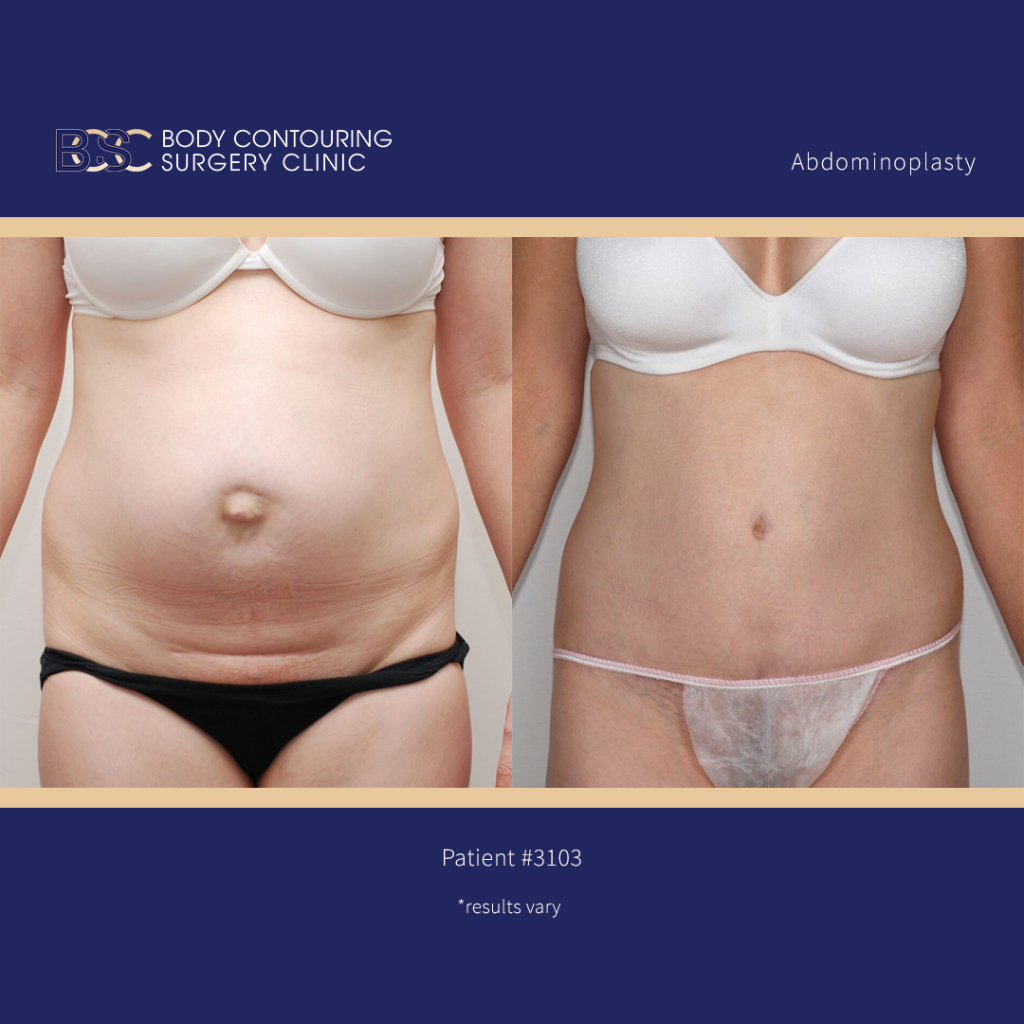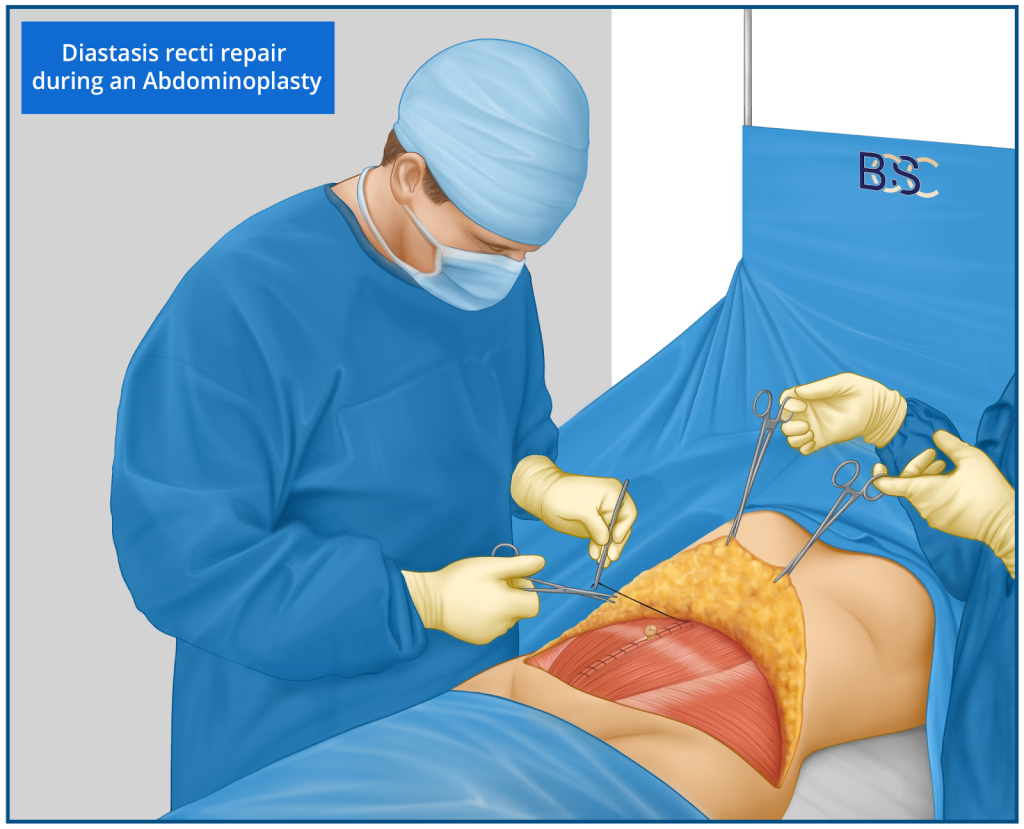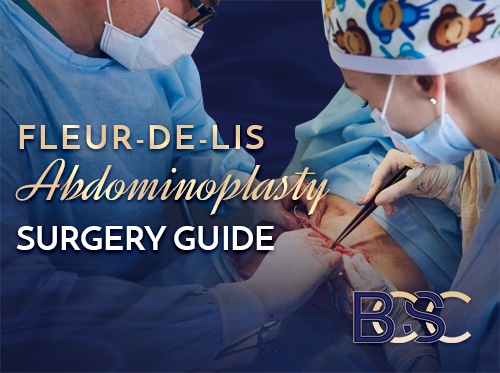How Having Twins Can Affect Your Abdominal Muscles
Every pregnancy is unique. They all share one thing in common: significant changes in a woman’s body.
When carrying twins, those changes can be magnified. A twin pregnancy places extra strain on the abdominal wall and pelvic floor muscles compared with a single pregnancy. After birth, some of these changes may improve naturally, while others can persist. This article explains how multiple pregnancies can affect your abdominal muscles and the options available for rehabilitation.

How Multiple Births Affect the Body
Expectant mothers carrying twins or triplets place increased demands on their muscles, joints, and skin. Compared with a single pregnancy, the load on the abdominal and pelvic floor muscles is doubled or even tripled.
Some of the more common changes women may notice during a multiple pregnancy include:
- Swollen ankles
- Pelvic discomfort
- Back pain
- Stretch marks
As the babies grow, the abdominal wall muscles (rectus abdominis) are gradually stretched apart to make room. During labour, both the abdominal wall and pelvic floor undergo additional stretching.
Long-Term Effects of Carrying Twins
Some women experience long-lasting effects after delivering twins. These may include:
- Weakness of the pelvic floor muscles (levator ani), which can contribute to incontinence or bladder control problems
- Separation of the abdominal muscles (rectus abdominis), known as diastasis recti
What Is Diastasis Recti?

Disclaimer: Operation performed by Dr Beldholm. Adult content, Results vary, seek 2nd opinion, Surgery has risks – See full disclaimer
Diastasis recti (also called DRAM – diastasis of the rectus abdominis muscles) is common after pregnancy, affecting around two-thirds of women. The likelihood of DRAM is higher in multiple births because the abdominal wall is stretched more extensively.
The rectus abdominis muscles are two long, vertical muscles that run down the front of the abdomen. Normally, they are held close together with only a small gap. During pregnancy, the expanding uterus pushes them apart. After birth, the muscles may gradually move back toward their original position. However, in some women the gap persists, leaving the muscles separated.
Signs of Diastasis Recti
Diastasis recti is not usually painful, but it can affect abdominal function. Signs may include:
- A feeling of weakness in the core muscles
- A pouch or ridge of tissue visible along the midline of the abdomen
- Ongoing back or pelvic discomfort
- Pelvic floor issues such as urinary leakage
Rehabilitation Options for Abdominal Muscles
Because diastasis recti is so common, several treatment options are available. The choice depends on the severity of the separation and the effect on day-to-day life.
Non-Surgical Management
For mild cases (muscle separation less than 3 cm), non-surgical approaches may be effective. These include:
- Pre- and post-natal care: Building core strength before pregnancy can help. After birth, avoiding heavy lifting and strenuous abdominal exercise until cleared by a doctor is important.
- Physiotherapy: Targeted exercises designed by a physiotherapist can help strengthen deep abdominal and pelvic floor muscles. Support garments may also provide benefit.
Many women, particularly younger mothers or those with single pregnancies, improve with time and physiotherapy alone.
Surgical Management

In more severe cases, or when diastasis recti interferes with daily function, surgery may be considered.
- Abdominoplasty (tummy tuck): This procedure can repair separated abdominal muscles by stitching the linea alba (the connective tissue between the muscles) back together. It may also remove excess skin that remains after pregnancy.
- Medicare considerations: Since July 2022, abdominoplasty may be eligible for Medicare subsidy in Australia for women with significant muscle separation after pregnancy, provided certain medical criteria are met (refer to Medicare Item Number 30175).
- Surgical techniques: In some cases, abdominoplasty can be combined with a caesarean scar revision. Laparoscopic techniques may also be available, which can reduce the size of visible scars.
Multiple Pregnancies in Australia
The Australian Institute of Health and Welfare reports that:
- Multiple births account for only 2.9% of pregnancies in Australia
- About 1.4% of women giving birth experience a multiple pregnancy
- Twins make up 98% of all multiple births
- Despite the higher risks, most multiple pregnancies in Australia have positive outcomes for both mother and babies
Key Takeaway
Recovering from a twin pregnancy can be more complex than from a single pregnancy, particularly when diastasis recti is present. Some women improve naturally with time, rest, and physiotherapy, while others may require surgical repair if the abdominal separation causes functional or cosmetic concerns.
Discussing your symptoms and goals with a qualified surgeon is the best way to understand what options are available to you.

